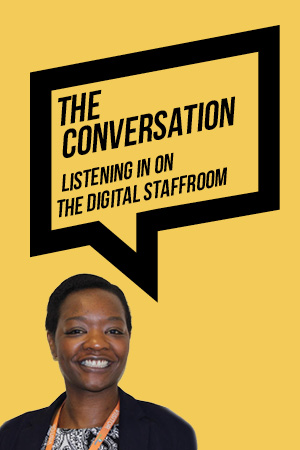Publisher
John Catt Educational
ISBN 10
9781912906963
Published
17 Apr 2020
Jared Cawley is encouraged by a book that is both provocative and practical
Last year’s protests outside Anderton Park school in Birmingham demonstrate that acceptance of the LGBT community is still far from a safe assumption. In that context, Courage in the Classroom is an empowering manifesto for LGBT teachers. Its array of brutally honest and personal stories from the participants in Courageous Leaders – the UK’s only LGBT leadership programme – makes it an important book.
Each story is only an example of the pain and discrimination still felt by so many LGBT teachers. I can personally attest to how isolating an experience that can be, yet this book makes me feel encouraged to ensure my voice is heard. In each chapter, a LGBT teacher shares his or her painful struggles and how the world has changed for the better. Their collective sense of hope and progress creates confidence that our society is proudly becoming more accepting, diverse, and inclusive.
As well as cathartic, this book is pragmatic. Each chapter concludes with practical advice for school leaders, teachers, and governors keen to make their school inclusive for LGBT staff. It includes examples of schools that celebrate inclusivity and offer a safe space for staff and students to be their authentic selves.
But while each chapter is filled with joy, learning about what it was like for teachers to work and hide in a society that did not accept them makes for uncomfortable reading, and forces us to confront how we are supporting staff and students who do not fit heteronormative confinements today.
Each chapter forces us to confront how we are supporting staff and students
In chapter three, for example, Jerome Cargill, a New Zealander working in London, writes about how the constant homophobia he experienced as a teenager left him unprepared for navigating his sexuality in a professional setting. During his teacher training his university mentor accused him of flaunting his “gayness” and advised to keep his personal life a secret. Not until a student came out to Cargill did he fully realise the importance of positive role models in creating safe and inclusive environments.
Chapter 6 by the book’s editor, Catherine Lee, is a heartbreaking story of the power of parents in a rural community. She writes about how she and her partner were constantly harassed by her homophobic neighbour who “would not be told what to do by a pair of lesbians” and threatened to make their lives a “living misery”. He also accused Catherine of staring at his daughter “lustfully” and outed her to the headteacher. Such abuse and stress ended her teaching career.
The final chapter is by Jane Robinson, the founder of Courageous Leaders, who shares the challenges she faced as a teacher during section 28, a piece of legislation in effect from 1988 to 2003 that prohibited the promotion or “teaching in any maintained school of the acceptability of homosexuality as a pretended family relationship”.
She talks about her schooling in the Seventies and the intimidation from teachers and peers. When her parents were “horrified” at her coming out, she ran away to London to become a teacher, but the homophobia continued, this time from colleagues. With the country “in the grip of HIV and Aids paranoia”, one expressed this sentiment: “‘Let’s face it, it’s only queers that get Aids and they deserve it.”
The courageous Robinson concluded that it was her “duty to be out and proud”. The book, and the programme it is based on, are the result of coming to that conclusion 20 years ago.
If all Courage in the Classroom did was loudly state that we are here and deserve to be heard, that would be enough to make this book a triumph for LGBT teachers. Its added focus on the practical realities of improving inclusivity in our schools makes it even better than that.













Your thoughts